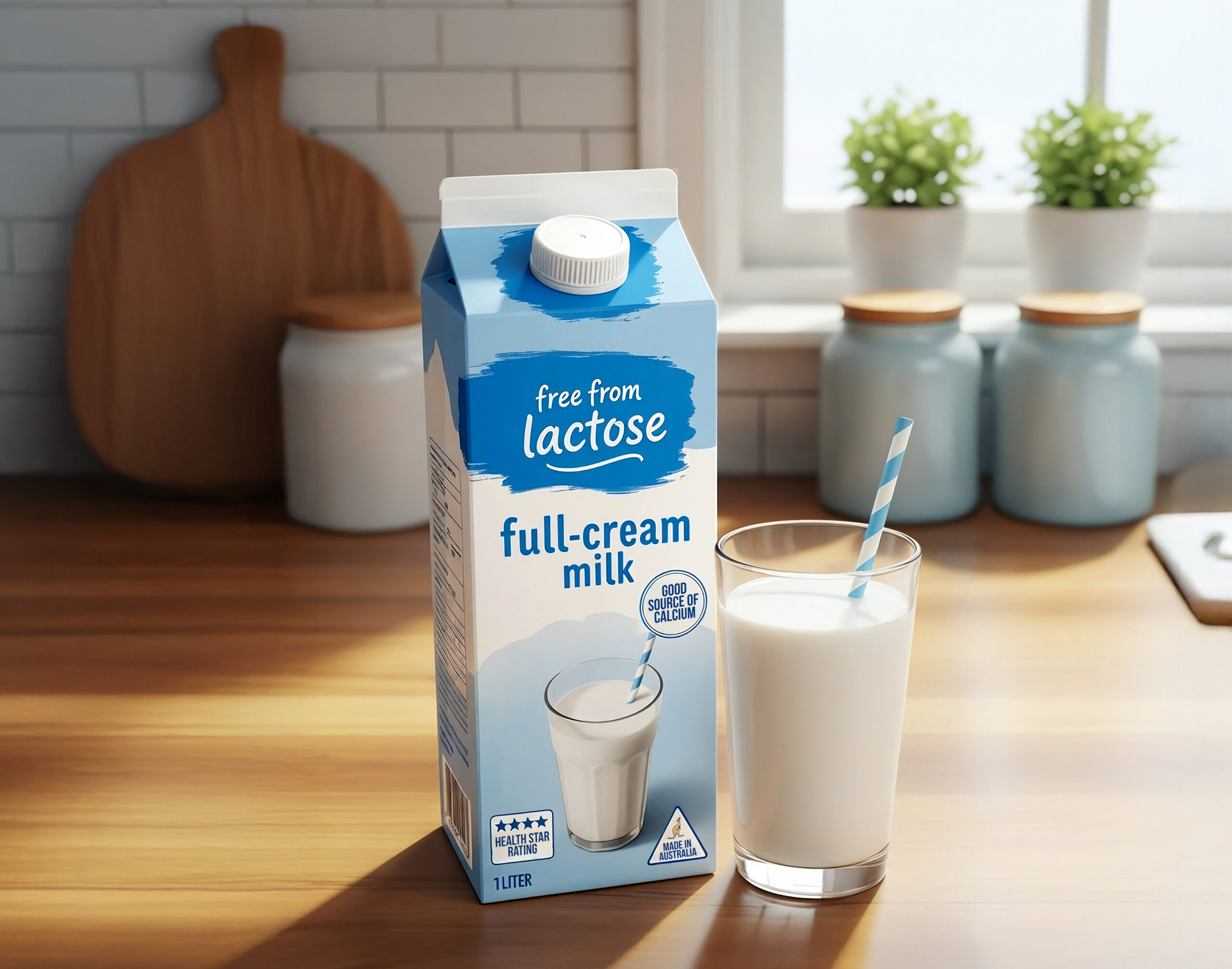Lactose-free milk is a type of cow’s milk specially treated to remove lactose, the natural sugar that many people have difficulty digesting. This makes it a suitable option for those with lactose intolerance, a common digestive issue caused by the body’s inability to produce enough lactase.
By adding the enzyme lactase during production, lactose is broken down into simpler sugars, glucose and galactose, which are easier to absorb. This process preserves the milk’s nutritional profile, so it still provides the same levels of calcium, protein, vitamins, and minerals as regular milk¹. The milk may taste slightly sweeter, but its texture and versatility in cooking or baking remain unchanged².
Several methods are used to reduce lactose in dairy products, including enzymatic hydrolysis, membrane filtration, and fermentation³. Ongoing innovations, such as advanced microbial strains and integrated membrane systems, help improve production efficiency, consistency, and overall product quality.
Lactose-Free Milk Claims Across Asia
A lactose-free milk claim can be made if the following specific nutrient content requirements (based on laboratory analysis) are met.


